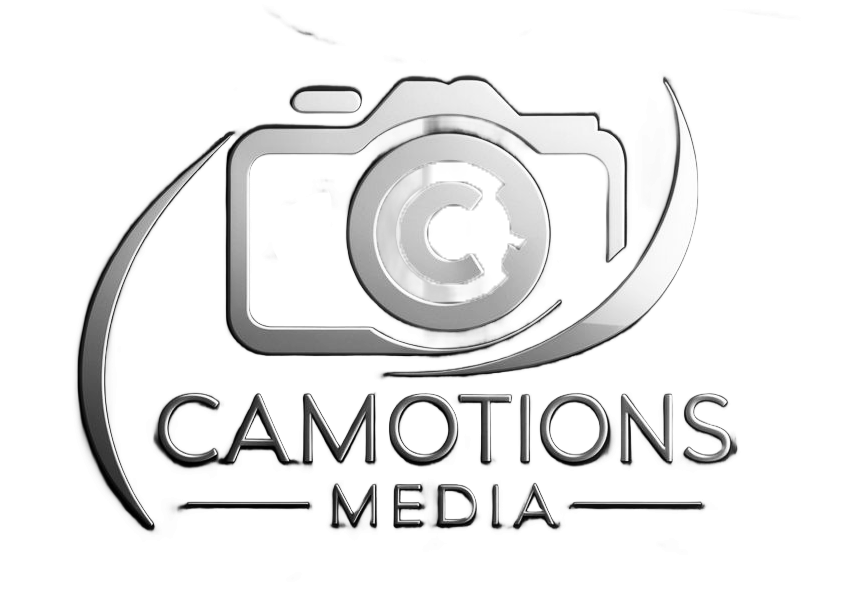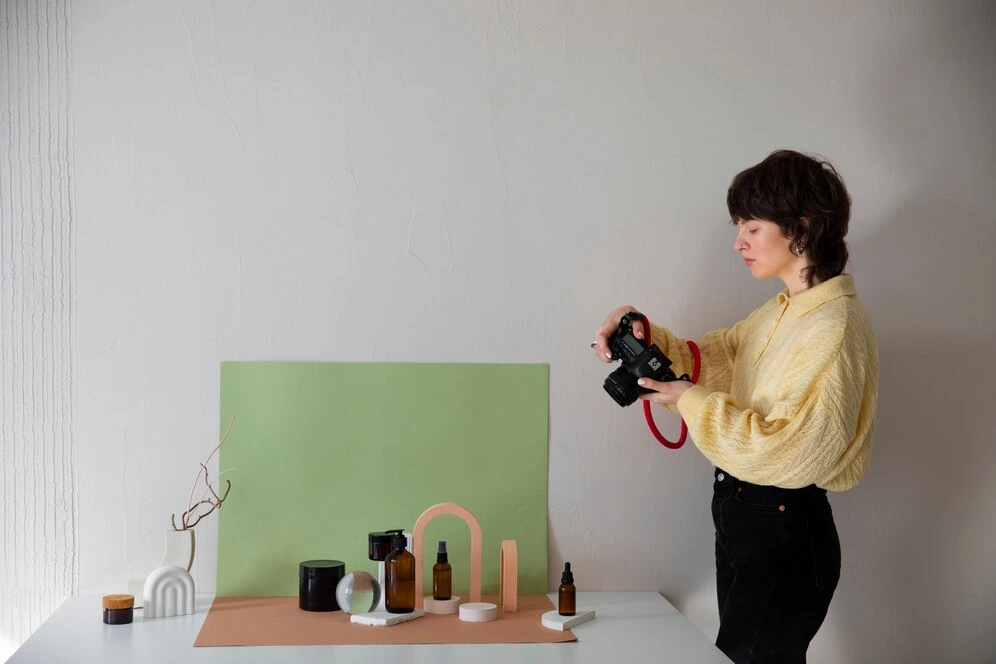In the bustling cities of Delhi NCR and Gurgaon, where competition is fierce, product photography has become a game-changing tool for businesses looking to make their mark. In today’s fast-paced digital marketplace, businesses must capture the attention of their audience within seconds. It’s no longer just about showcasing products; it’s about telling a story, evoking emotions, and inspiring trust. When done right, product photography can enhance a brand’s identity, drive sales, and increase engagement.
The Importance of Product Photography in the Digital Age
In an era where online shopping is the norm, the visual presentation of products is critical. The first interaction a potential buyer has with your product is often through images. High-quality product photographs can make or break a sale. The role of product photography extends beyond merely displaying the item; it captures its essence, textures, colors, and features in the most appealing way. From e-commerce platforms to social media channels like Instagram and Pinterest, businesses need professional product images that reflect their brand’s values. Well-crafted product photos give customers the confidence to purchase items online without physically seeing or touching them. For businesses in Delhi NCR and Gurgaon, the challenge is to stand out in a crowded market. Hiring skilled product photographers with expertise in capturing detailed, high-resolution images can help differentiate your brand. Whether you are in fashion, electronics, food, or lifestyle, product photography can highlight the unique aspects of your offerings.Why High-Quality Product Images Matter
High-quality images are essential for a brand’s online presence. Not only do they make your products more appealing, but they also provide an edge in search engine optimization (SEO). Search engines like Google favor websites with engaging visuals. This means that investing in professional product photography can indirectly improve your ranking on search results, helping your products get discovered by potential customers. Moreover, accurate and detailed product photos reduce the likelihood of returns. Customers want to see the product from multiple angles to make an informed purchase. When they understand the size, color, and features of a product, the chances of dissatisfaction drop. In turn, this boosts customer satisfaction and fosters trust in your brand.Common Product Photography Mistakes to Avoid
Even with the growing awareness of the importance of product photography, many businesses still fall into common traps that undermine the impact of their visuals. Here are a few common mistakes to watch out for:- Poor Lighting: Lighting is one of the most critical elements in photography. Poor lighting can distort the product’s colors, hide important details, and make the images appear unprofessional. Using natural or studio lighting can make a huge difference in highlighting textures and details.
- Low-Quality Images: Grainy, blurry, or poorly composed images can make your product appear less desirable. Investing in a good camera and proper photography equipment is essential to maintain a professional image.
- Lack of Variety in Angles: Customers want to explore a product from every angle. Providing only one or two shots limits their ability to assess the product, which could deter them from making a purchase. Businesses should ensure multiple angles, including close-ups and 360-degree views.
- Distracting Backgrounds: The product should always be the focal point of the image. Cluttered or busy backgrounds can take away attention from the product, confusing potential buyers. A clean, simple background ensures the product stands out.
Tips for Capturing Professional Product Photographs
Capturing professional-grade product photographs requires a combination of technical expertise, creative vision, and attention to detail. By following a few key tips, businesses can elevate their product visuals and create a lasting impression on their target audience. One of the most important tips is to pay close attention to the product’s positioning and angle. The way a product is placed and framed within the frame can significantly impact its perceived size, shape, and overall appeal. Experimenting with different angles and perspectives can help find the most flattering and informative presentation of the product. Lighting is another critical element in product photography. Proper lighting can help accentuate the product’s features, create depth and dimension, and ensure accurate color representation. Businesses should consider investing in a dedicated lighting setup, which may include a combination of natural and artificial light sources, to achieve the desired effect. Careful attention to the background and props can also elevate the overall quality of product photographs. Choosing the right backdrop, whether it’s a plain white surface or a more visually interesting setting, can help the product stand out and create a cohesive visual narrative. Strategically placed props can also help to contextualize the product and add visual interest to the image.Choosing the Right Photography Equipment
To capture high-resolution, professional-looking images, the right equipment is crucial. Here’s a breakdown of the essential gear:- Camera: Invest in a DSLR or mirrorless camera for superior image quality. These cameras allow for interchangeable lenses and provide greater control over exposure, depth of field, and focus.
- Lenses: Depending on the product, different lenses can offer varying perspectives. Macro lenses are ideal for small, intricate items like jewelry, while wide-angle lenses work well for larger objects.
- Tripod: A tripod ensures stability and consistency between shots, especially when shooting from various angles. It also reduces the risk of camera shake, which can blur the images.
- Lighting: A proper lighting setup is non-negotiable. Continuous lighting, reflectors, and diffusers can help you control the brightness and reduce unwanted shadows.
Enhancing Product Images through Editing
Even after capturing high-quality product photographs, the process of editing and enhancing the images can further elevate their visual appeal and effectiveness. Skilled post-processing techniques can help to refine the images, correct any imperfections, and ensure consistent branding and aesthetics across a product line. One of the most important aspects of image editing is color correction. Ensuring accurate color representation is crucial for products like fashion, beauty, or home decor, where color is a key factor in the purchasing decision. Experienced product photographers and editors can use tools like color calibration and color grading to ensure that the product’s colors are accurately depicted in the final images.Hiring a Professional Photographer vs. DIY Photography
Businesses often face the decision of whether to hire a professional photographer or take the DIY route. Here are the pros and cons of each approach:- Hiring a Professional: Hiring an expert ensures high-quality results. Professional photographers have the experience, equipment, and creative vision to capture your product in the best light. They also offer a seamless workflow, from planning to post-production, ensuring consistent, professional results.
- DIY Photography: For businesses on a tight budget, DIY product photography may seem like a more cost-effective option. With a bit of practice, decent results can be achieved. However, DIY photography requires an investment in equipment and software, as well as significant time and effort. Without the expertise of a professional, the end result may not reach the desired level of quality.

